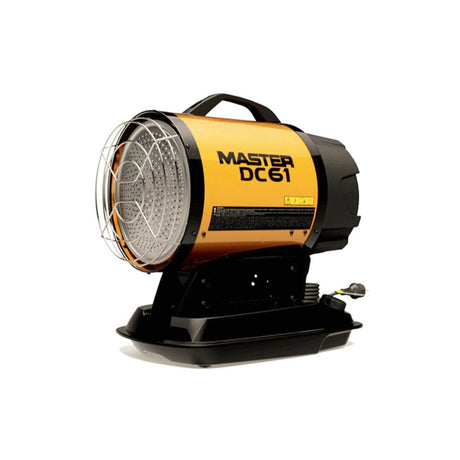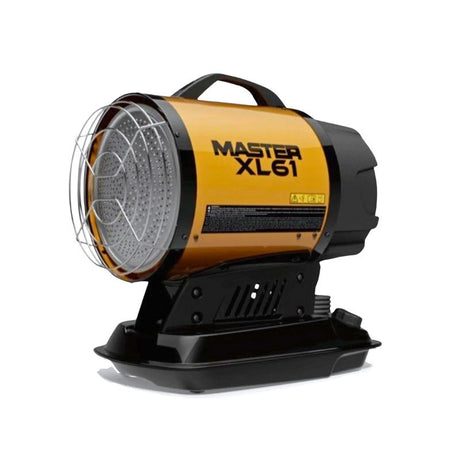Understanding heating capacity in infrared space heaters is crucial to ensure effective warmth for your space. Heating capacity is typically measured in kilowatts (kW) and reflects the power needed to maintain a comfortable temperature.
Larger, open areas with minimal insulation require higher-capacity heaters to provide consistent, even warmth, as they need more energy to overcome heat loss. Smaller or well-insulated spaces can be adequately heated with a lower-capacity model, which provides a more energy-efficient solution.
Matching heater output to your space size optimizes comfort and prevents both under-heating and unnecessary energy use, making it an essential factor in selecting the right infrared heater.













